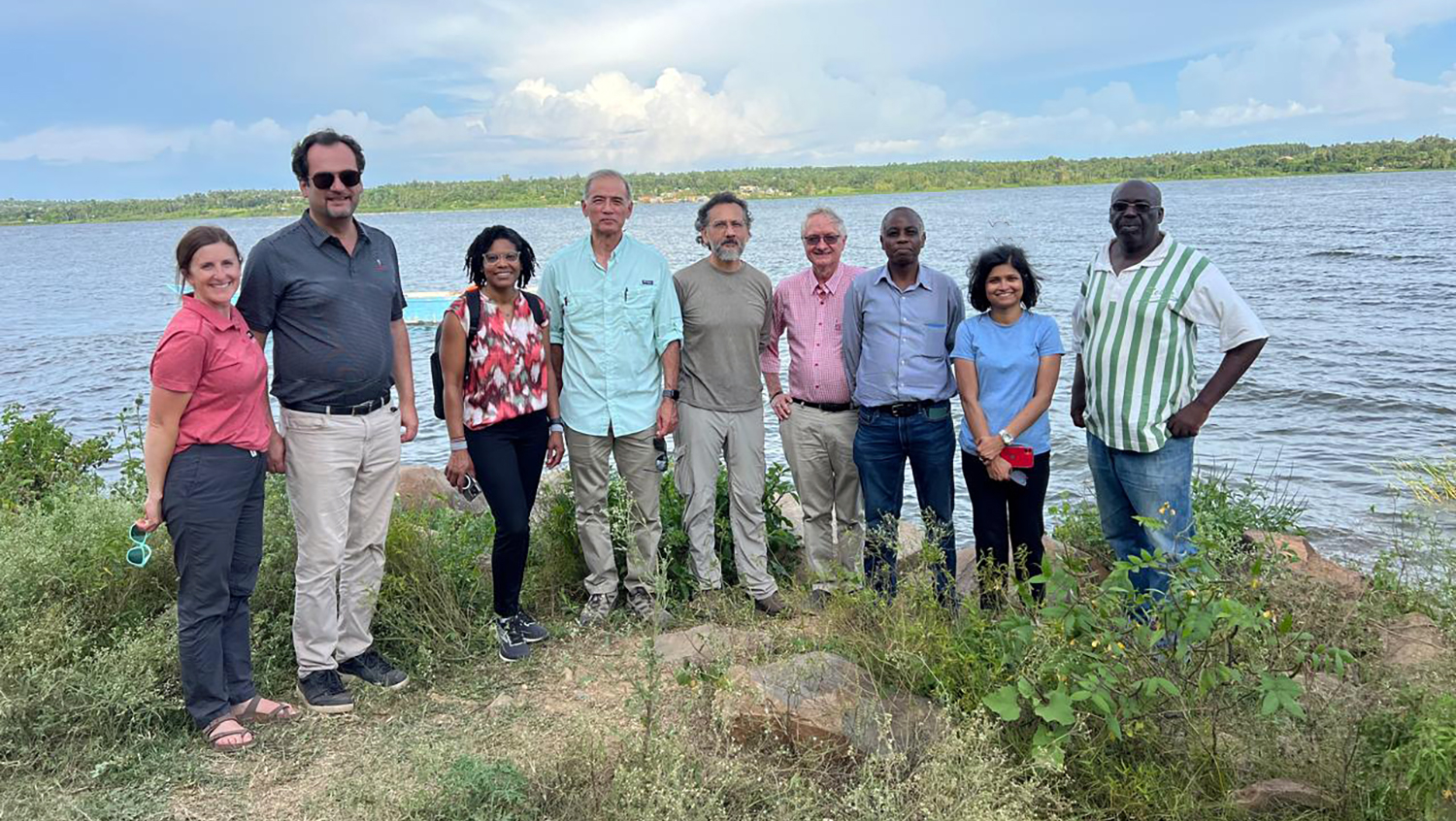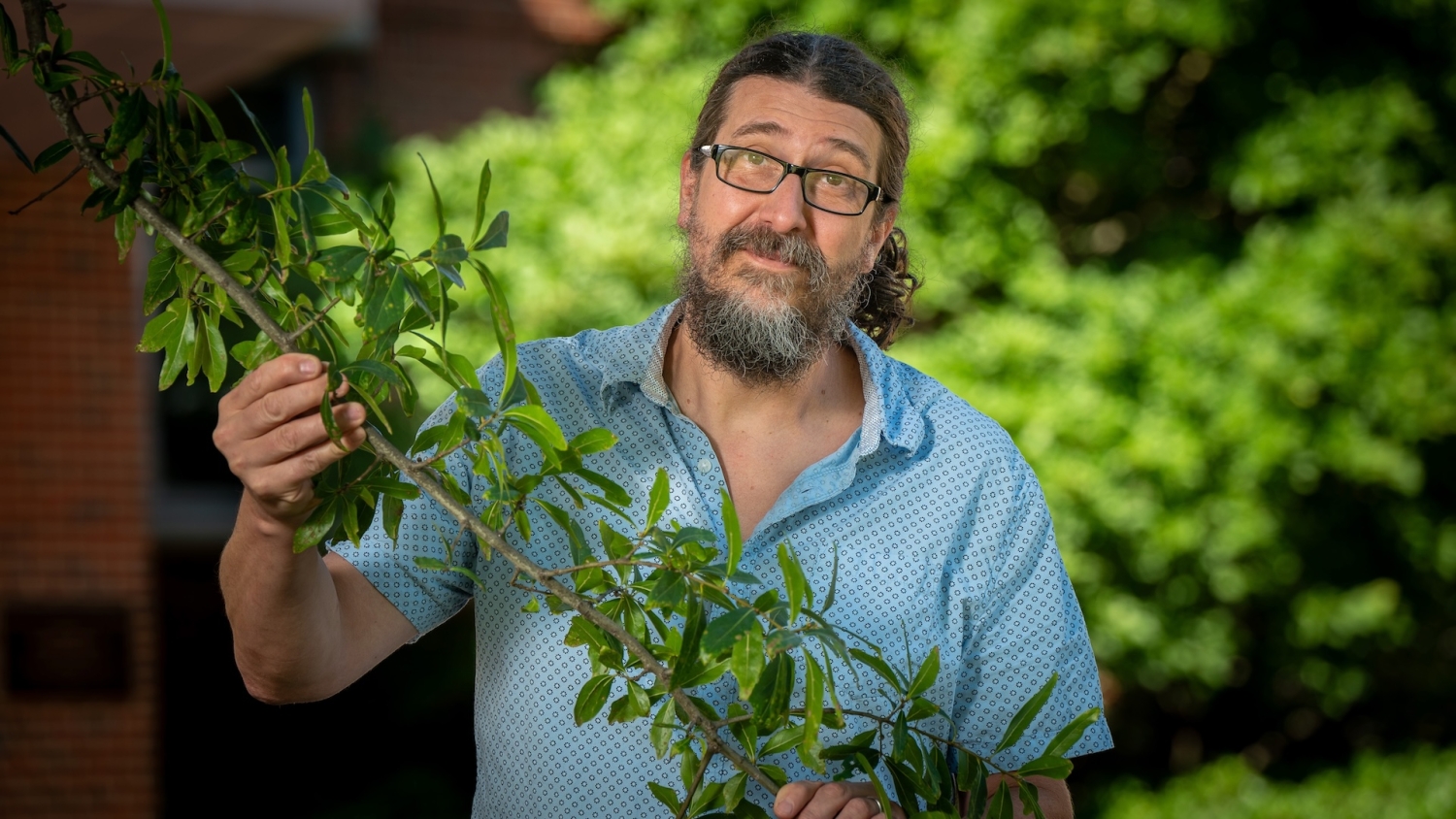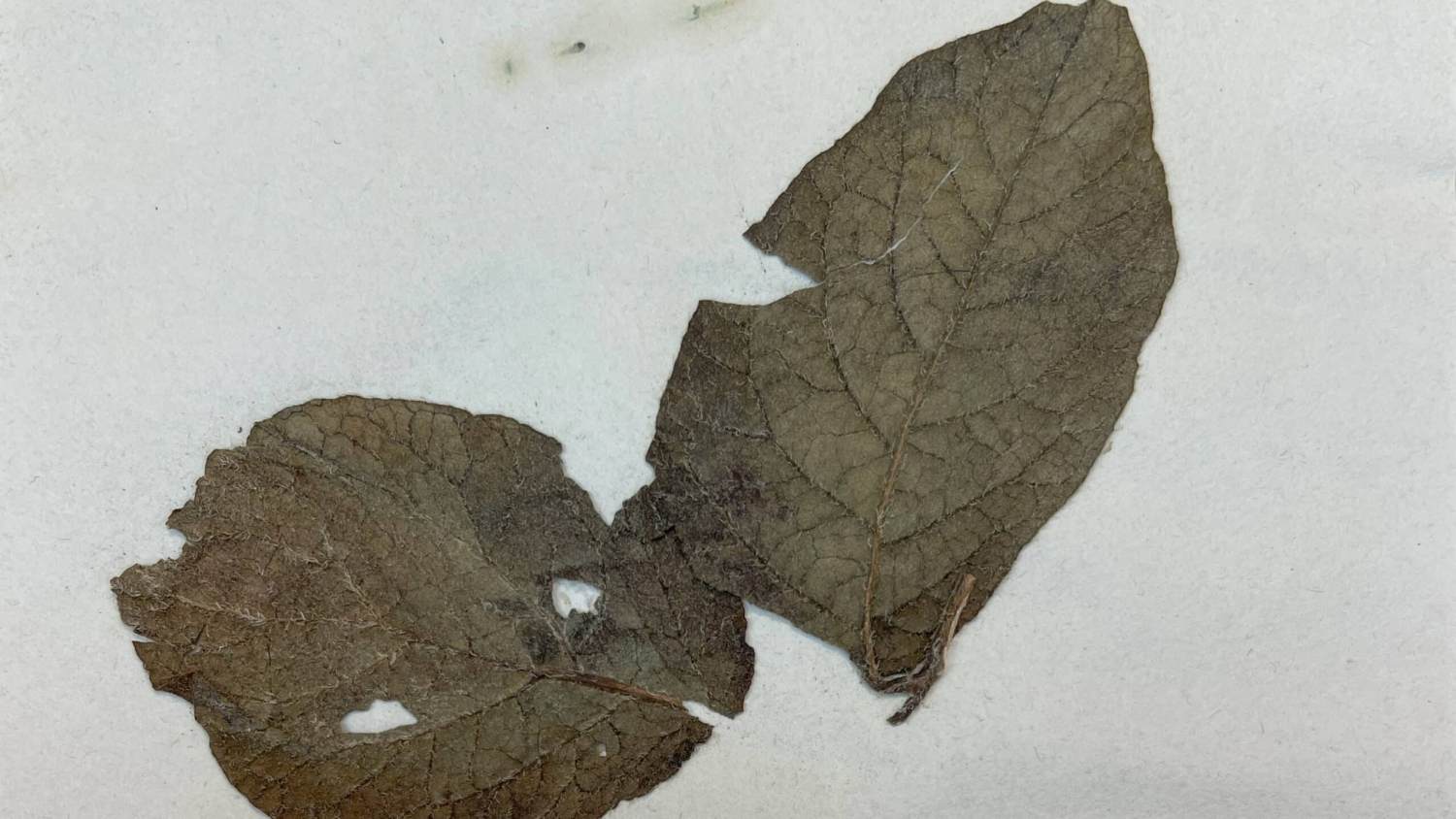New Predatory Flatworm Discovered in Southeastern United States

Scientists have discovered a new species of predatory flatworm in North Carolina. Once identified, the researchers found that the species has also been detected in Florida – but have no idea where the species originated.
“There are many types of flatworms, but most of them are aquatic,” says Matt Bertone, co-author of a paper on the discovery and director of the Plant Disease and Insect Clinic at North Carolina State University. “Most of the flatworms that you do find on land exist in tropical ecosystems, so it was somewhat surprising to find a terrestrial flatworm species in North Carolina that was unknown to science.
“Free-living flatworms – the ones that aren’t parasites – are predators that feed on other soft-bodied organisms, such as earthworms and slugs,” Bertone says. “And people are often concerned that unidentified flatworms may be toxic, may be carrying parasites, or may be invasive species that pose a threat to native ecosystems.”
As a result, when a commercial nursery in North Carolina found unidentified flatworms in some flowerpots, they sent it to Bertone to find out what they were. The flatworms in question are brownish black and just under an inch long. Bertone sent photos of the flatworms to an expert to get a preliminary identification, as well as sending physical specimens to get a definitive diagnosis of the species.
Based on photos, flatworm experts thought the flatworm was a known species, Obama nungara, that is native to South America. However, after molecular and histological analysis, researchers in France and Australia found that this was not only a different species, it was not even in the same genus.
Meanwhile, Bertone was sent more of these unidentified flatworms from two other locations in North Carolina – hundreds of miles away from where the first flatworms were found. In addition, these new samples were found in residential landscapes, not a commercial nursery.
“The new species is called Amaga pseudobama and we know very little about it,” Bertone says. “It has not been observed in the wild or native habitats, so we don’t know much about how it interacts with its environment. We can infer from what we know about related species, but we don’t know precisely what it preys on, how quickly it reproduces, and so on.”
Once the new species was officially identified, researchers found that samples of the species had been collected before – but nobody knew what they had. There were multiple samples that had been collected in Florida in 2015.
“This, coupled with the fact that the initial North Carolina samples were found in plants that had been shipped from Georgia, suggests that A. pseudobama may be found across the Southeast,” Bertone says. “It’s also possible that these were merely isolated instances. We just don’t know. Until we have more confirmed observations of this species, we won’t know how established they are.
“Finding a new flatworm species is not necessarily a surprise – these animals are so little studied that there are likely many species awaiting discovery,” Bertone says. “However, the fact that we know so little about them is one reason they are worth paying attention to. Do they pose a risk to native worms and, by extension, native ecosystems? We have to study these species to find out. And the first step in that process is clearly identifying a species and naming it.”
The paper, “A new species of alien land flatworm in the Southern United States,” is published in the open access journal PeerJ. Corresponding author of the paper is Jean-Lou Justine of the Museum national d’Histoire naturelle in Paris. Co-authors include Delphine Gey of the Museum national d’Histoire naturelle; Romain Gastineau of the University of Szczecin, in Poland; David Robinson of Drexel University; and Leigh Winsor of James Cook University, in Australia.
-shipman-
Note to Editors: The study abstract follows.
“A new species of alien land flatworm in the Southern United States”
Authors: Jean-Lou Justine and Delphine Gey, Museum national d’Histoire naturelle; Romain Gastineau, University of Szczecin; David G. Robinson, Drexel University; Matthew A. Bertone, North Carolina State University; and Leigh Winsor, James Cook University
Published: Sept 24, PeerJ
DOI: 10.7717/peerj.17904
Abstract: Specimens of a flat and dark brown land planarian were found in a plant nursery in North Carolina, USA in 2020. On the basis of examination of photographs of the live specimens only, the specimens were considered as belonging to Obama nungara, a species originally from South America, which has now invaded a large part of Europe. Unexpectedly, a molecular analysis revealed that the specimens did not belong to this species, neither to the genus Obama. We then undertook its histological study, which finally confirmed that the species is a member of the genus Amaga: the species is herein described as a new species, Amaga pseudobama n. sp. The species has been found in three locations in North Carolina and some infested plants were from Georgia. We reinvestigated specimens collected in Florida in 2015 and found that they also belong to this species. Citizen science observations suggest its presence in other states. Therefore, it is likely that A. pseudobama has already invaded a part of south-east USA and that the invasion took place more than ten years ago. The complete 14,909 bp long mitochondrial genome was obtained. The mitogenome is colinear with those of other Geoplanidae and it was possible to find and annotate a tRNA-Thr, which has been reported missing in several geoplanids. Amaga pseudobama shares with other Geoplaninae the presence of alternative start codons in three protein-coding genes of its mitogenome. The availability of this new genome helped us to improve our annotations of the ND3 gene, for which an ATT start codon is now suggested. Also, the sequence of the ATP6 gene raised questions concerning the use of genetic code 9 to translate the protein-coding genes of Geoplanidae, as the whole translated protein would not contain a single methionine residue when using this code. Two maximum likelihood phylogenies were obtained from genomic data. The first one was based on concatenated alignments of the partial 28S, Elongation Factor 1-alpha (EF1) and cox1 genes. The second was obtained from a concatenated alignment of the mitochondrial proteins. Both strictly discriminate A. pseudobama from O. nungara and instead associate it with Amaga expatria. We note that the nine species currently accepted within Amaga can be separated into two groups, one with extrabulbar prostatic apparatus, including the type species A. amagensis, and one with intrabulbar prostatic apparatus, including the new species A. pseudobama. This suggests that species of the latter group should be separated from Amaga and constitute a new genus. This finding again illustrates the possible emergence of new invasive species in regions naturally devoid of large land planarians, such as North America. Amaga pseudobama thus deserves to be monitored in the USA, although its superficial resemblance to O. nungara and Geoplana arkalabamensis will complicate the use of photographs obtained from citizen science. Our molecular information provides tools for this monitoring.
This post was originally published in NC State News.


